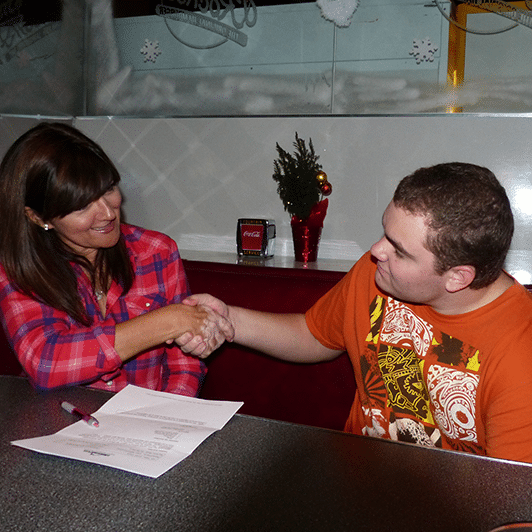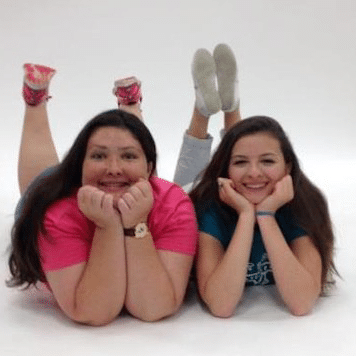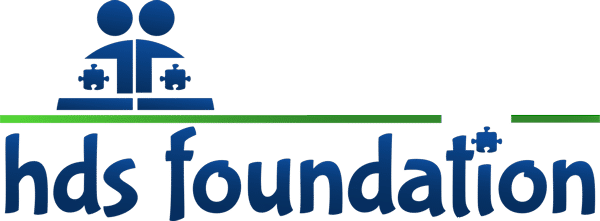
MENTORING
Our Mentoring activities are designed to provide learning opportunities for personal development. This can include daily living activities, job and social skills opportunities, and others, designed to allow Teens and Young Adults the prospects of learning through experience. The Mentorship vision of The HDS Foundation is fluid, as the daily needs of this population changes on a day to day basis. The activities planned range from programs where third parties invest resources to mentor or teach a specific skill, to coordinated events with school programs to provide real-life social skills development opportunities. Currently the HDS Foundation is working closely with Cypress Bay High School on a program we have named Building Bridges at the Bay. The Program promotes the expansion of the high school experience by providing a grant to develop Social Skills for these students. The BRIDGES Program addresses:
- BUDGETING/BANKING
- RESOURCES
- INDEPENDENT FUNCTIONING
- DEVELOPMENT
- EDUCATION
- SOCIAL SKILLS
Each planned activity addresses a different component of these student’s lives. From learning about how bank accounts work, to learning to budget, to building friendships outside of school, to personal development, including communication skills, preparation for post-secondary activities and deploying learned strategies in a real-life school environment to build on the class-room setting and transfer to real-community scenarios.
The mentoring program will also include peer-to-peer activities that will provide a more comprehensive high school experience for these students, and allow them to participate in school-related events such as sporting events, Homecoming, Prom, and other school-sponsored clubs and activities.
The Mentoring segment is geared mostly towards High School level students, and is the foundation to the Achieving step.
ACHIEVING
Achieving goals are fundamental to personal growth, and at The HDS Foundation, our goal is to facilitate opportunities that may be available by leveraging education, experience and skills learned by participants with available business resources. The diversity of this population can provide different paths to embark on. Some students may decide that college after high school is the best route for them; the continued learning opportunities may provide additional foundation for their personal development. Other students may decide that different post-secondary vocational/trade educational opportunities are the best fit. These programs may allow them to learn more specific job-related skills, and steer away from the traditional (college) higher education. The marketplace is in need of basic trades in the work-place. Many High Schools are now offering programs that allow students to become exposed to these trades while in High School, and provide an alternative future path. There are many colleges and institutions that are now offering these type of certificate programs, many of which would provide a good chance of employment for this population down the road.
There are some students however, that may choose to go down a path of deploying learned skill sets directly into the workplace. Whilst these may be challenging at times, if they possess the right skill set, certain employment may be available to them. Additionally, entrepreneurship is also a great option, because many of these young individuals have creative ideas that can lead to business opportunities.
Of the available programs to support achieving these skills, we explore:
- Transitional Local College Programs, with assistive resources, Non-degree seeking
- Transitional Local College Programs, with assistive resources and housing arrangements, Non-degree seeking
- Transitional Away College Programs, with assistive resources, Non-degree seeking (would need alternative housing)
- Transitional Away College Programs, with assistive resources and housing arrangements, Non-degree seeking
- Two year College Degrees, with assistive resources, local or alternative housing models
- Two year College Degrees, with assistive resources, with housing
- Four year College Degrees, with assistive resources, local or alternative housing models
- Four year College Degrees, with assistive resources, with housing
- Trade Schools, Local
- Certification Programs, Local


LIVING
Independent and semi-independent living options are fundamental for the population of young adults. Each individual, perhaps with the assistance of their families, may have planned a path for living arrangements. From independent housing to group homes, there are many options available. Even more importantly, through collaborative efforts, new and innovative solutions can be put in place with the proper stakeholders engaged.
There are various federal, state and local assistance programs that provide specific type of housing assistance, based on need. HUD is engaged in special needs housing as are many Community Development Agencies. Our vision is that by collaborating with the families, interested private stakeholders in our community, and governmental entities, we can create fluid models that meet the needs of this population.
The Living Program is currently in research phases, but is poised to make a huge difference in the lives of individuals who one day will strive to live happy, healthy, and safe independent lives.

Subscribe To The HDS FoundationNewsletter
Join our mailing list to receive the latest news and updates from the HDS Foundation, available programs and events we will be attending.
